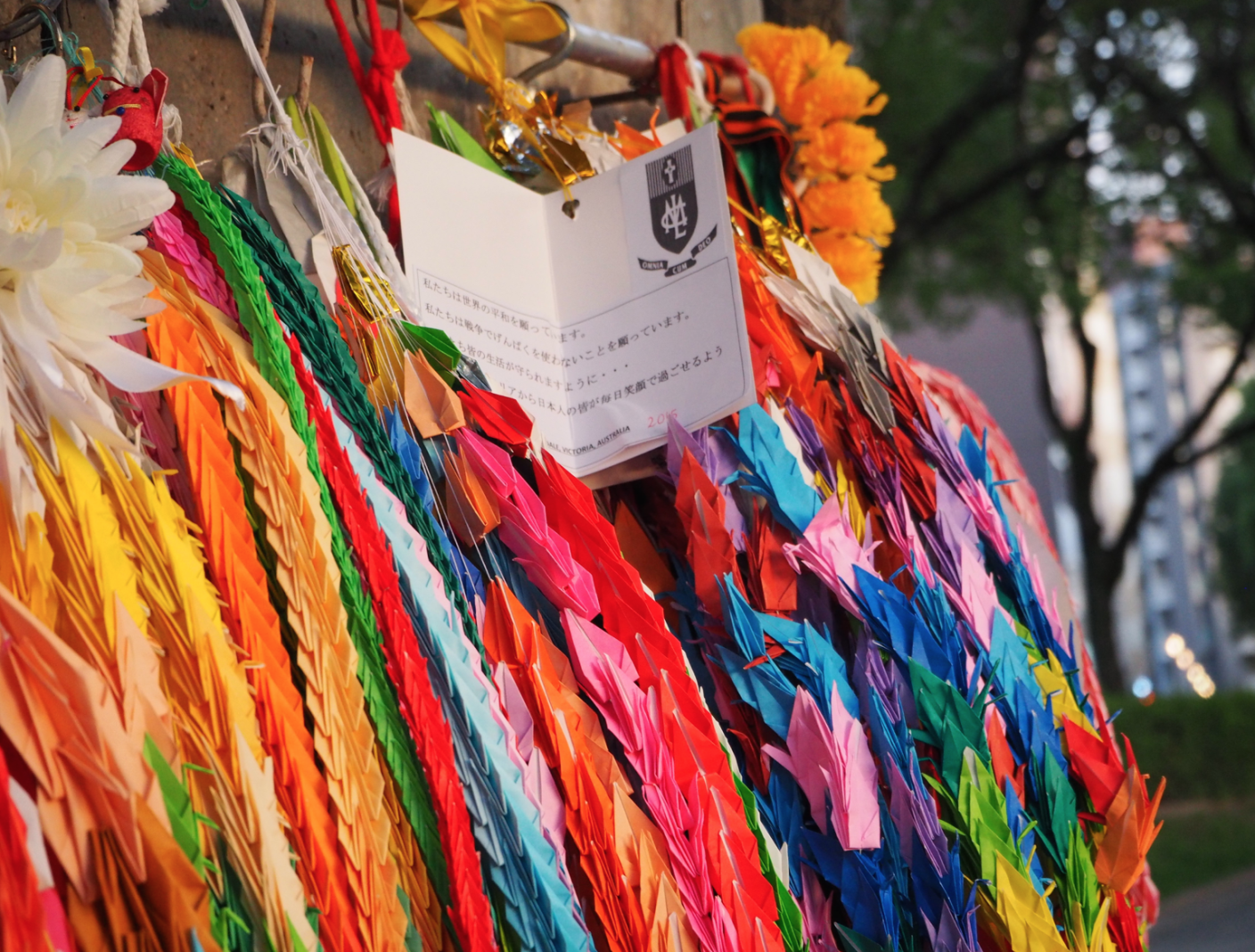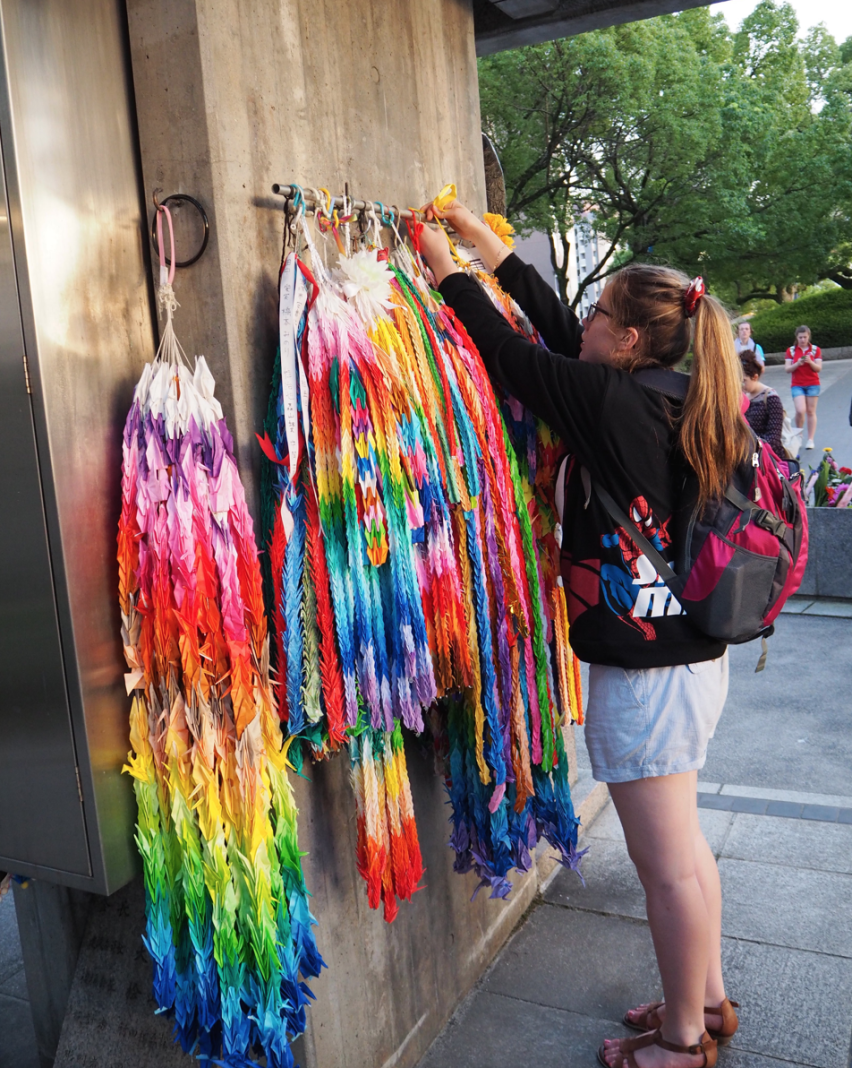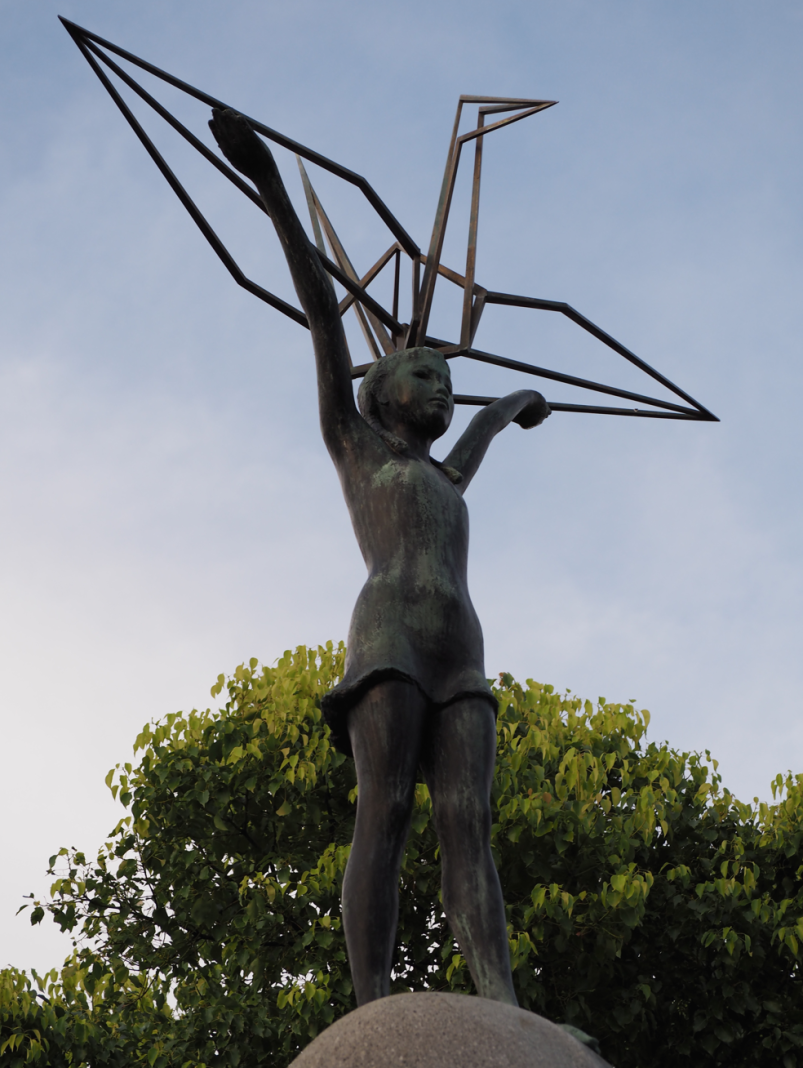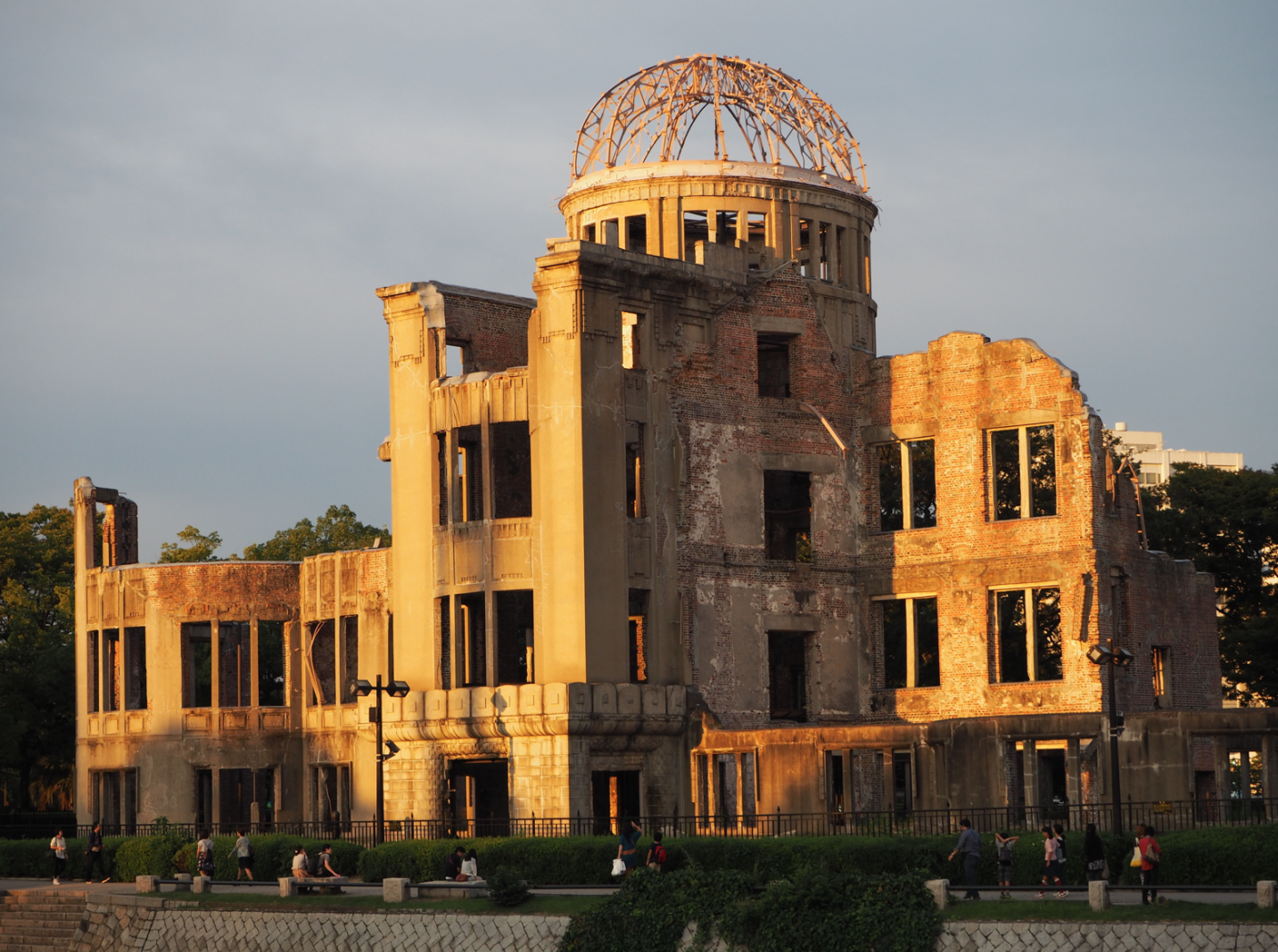As part of the enriching experience of the Japanese Study Tour coming up in September, our students will be visiting Hiroshima's Peace Park — a place of profound historical significance. In addition to the Peace Park, we have arranged a special visit to Sadako's shrine, where your students will learn about the touching story of Sadako and her paper cranes.
Hiroshima's Peace Park
The Hiroshima Peace Memorial Park stands as a powerful symbol of hope, peace, and reconciliation. It was built to commemorate the tragic events that took place on 6 August 1945 when the atomic bomb was dropped on the city of Hiroshima, Japan. The park serves as a lasting reminder of the devastating impact of nuclear weapons and the importance of striving for a world without violence and conflict. Our students will have the opportunity to explore the park's monuments, exhibits, and the iconic Peace Memorial Museum, which preserves the memories of the victims and promotes the message of peace.
Sadako and Her Paper Cranes
During their visit to Hiroshima's Peace Park, our students will also pay tribute to the inspiring story of Sadako Sasaki. Sadako was a young girl who was only two years old when the atomic bomb was dropped near her home. She appeared to be unharmed initially, but 10 years later she was diagnosed with leukemia, a result of exposure to radiation.
While hospitalised, Sadako learned of an old Japanese legend that said folding one thousand origami cranes would grant a person's wish. She was determined to fold a thousand cranes, hoping for her recovery and praying for world peace. Despite her worsening condition, Sadako remained steadfast in her endeavour. She folded crane after crane, each one a symbol of hope and a wish for a better world.
Sadako's story touched the hearts of people across Japan and the world. Her wish was to live, but she also wished for a future without nuclear weapons, a world where children would not suffer as she did. Her courage and determination have become a powerful symbol of the need for peace and the strength of the human spirit in the face of adversity.
At Sadako's shrine, our students will have the opportunity to learn about her life, leave their own paper cranes as a gesture of remembrance and hope. This experience will serve as a poignant reminder of the importance of peace and the responsibility we all have in working towards a better world.
We believe that this visit to Hiroshima's Peace Park and Sadako's shrine will be a life-changing experience for our students, fostering empathy, compassion, and a deeper understanding of global issues, reflecting on the past while looking forward to a more peaceful future.
How you can get involved
If you wish to be a part of this significant gesture, we kindly request you to fold a paper crane on behalf of your family and your child. The act of folding these delicate paper cranes not only symbolises peace, but it also unites our school community in a shared commitment to fostering compassion and understanding in our world.
You can easily find tutorials online (try one HERE) to guide you through the process of folding a paper crane, and it can be a fun and educational activity for families to do together. The origami paper can be obtained from most craft stores, or you can use any square paper you have at home. Feel free to use your creativity and add a personal touch to your crane, making it even more special.
Once you and your child have folded the paper crane, we kindly ask you to drop it off at my office. Our aim is to gather all the paper cranes by early September, so we have ample time to compile the collection and carry it with us on our Japanese Study Tour.
We are excited about this opportunity to collectively share our wishes for peace and hope for a better world, just as Sadako did with her 1000 paper cranes. Together, we can make a positive impact and inspire the younger generation to be advocates for peace, understanding, and empathy.
Thank you for your continuous support in making our educational experiences more enriching and meaningful for our students. We look forward to seeing your beautiful paper cranes and taking them with us on our Japanese Study Tour.
Thank you for your continued support in nurturing our students' growth and global awareness.

Paper cranes and a message of peace from MLMC students on a previous Japan Study Tour.

A student hanging the MLMC paper cranes on a previous Japan Study Tour.

A statue of Sadako Sasaki.

The Atomic Dome at the Hiroshima Peace Memorial Park.





